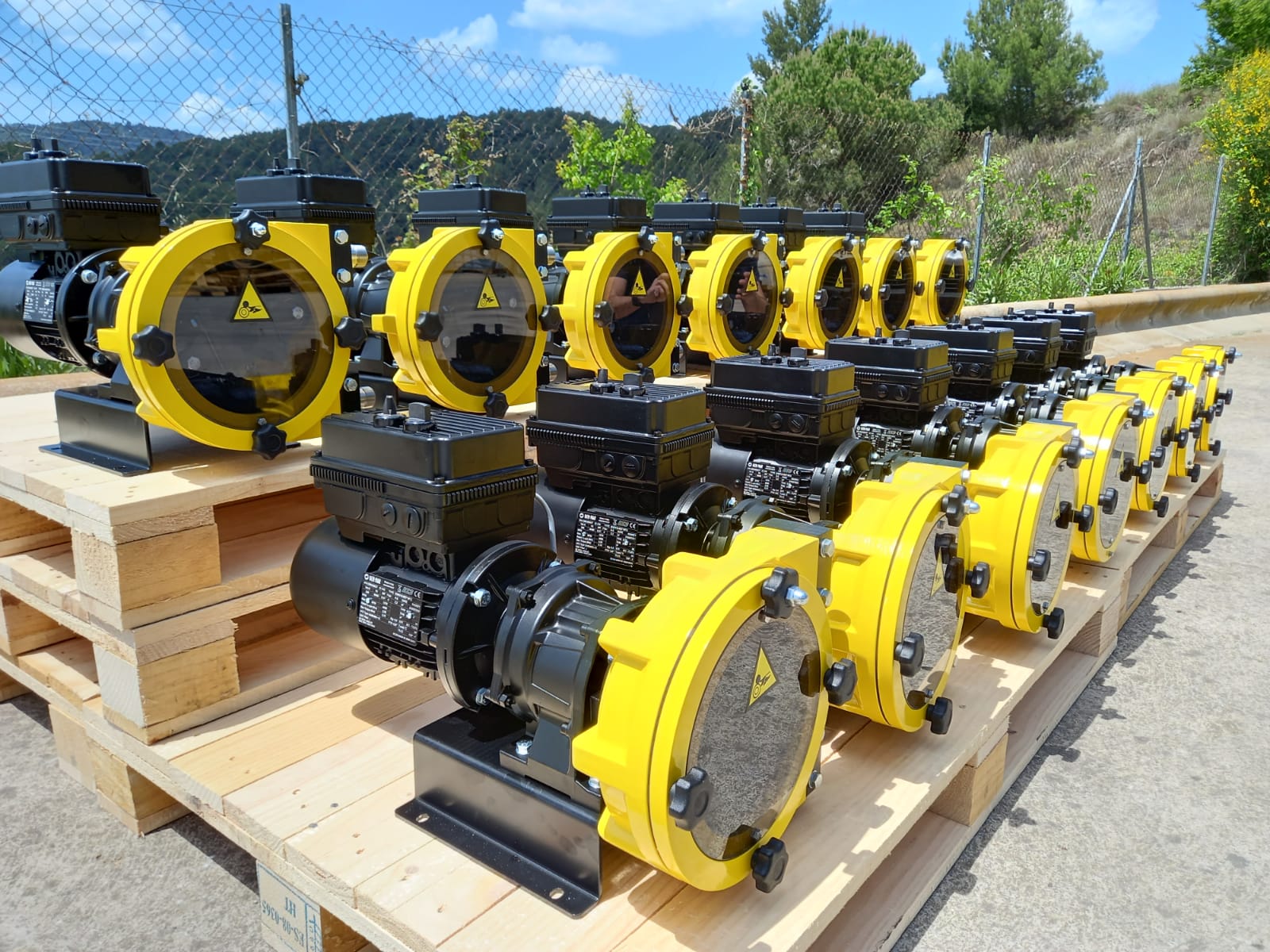All factories worldwide produce wastewater in some form, whether it be from the washing of fruit and vegetables, wash-down or rinsing of machines, cooling, or commissioning of equipment. It is the responsibility of the owners and staff to follow guidelines set out to protect people and the environment.
Due to increasing water scarcity, the requirements for trade effluent discharge consent and rising cost of trade effluent disposal, plant owners are seeking ways to reduce the cost of wastewater disposal, monitor waste output and how it can be reduced.
Sampling waste also allows operators to detect process leaks and trace its origin early before there are large losses in revenue. For example, it is possible for high value process liquids such as chemicals, juices, milk, or colourings to enter waste flows through valve leaks, pipework leaks or overflowing of vessels. Detecting this early and reacting not only protects the environment but also protects profits, a big incentive to regularly monitor discharge.
It can be difficult to accurately select a pump for these applications as contaminants are unknown, sometimes forming viscous abrasive sludges or leading to high amounts of dry solids content therefore causing clogging or dry running.
Continuous Remote Wastewater Monitoring Design
A customer contacted North Ridge Pumps requiring sampling pumps for 24/7 monitoring across 15 different sites in the UK. They sample wastewater and had experienced issues with other pump technologies due to low water levels causing dry running. In addition to this, there are other complications such as fluctuating inlet pressures and unpredictable solid ingress including twigs, grass, and mud.
The client preferred a low maintenance and reliable pump solution due to the remote location of the pumps. They required the units to self-prime, handle solids without clogging and be quick and low cost to maintain in the event of a failure. The units operate at around 500L/hr at low pressures and are controlled remotely across the various testing locations, while away from site they need to be able to alter the speed, monitor the pump condition and reverse the flow in the event of clogging.
Low Maintenance, Continuous Sampling Pumps
North ridge specified 14 qty AMP 16 peristaltic pumps for this project known for their consistent reliability in slurry, sludge and wastewater applications while also being simple and cost effective to maintain.
Peristaltic pumps are simple in design as there is only one wearing internal part, the hose. This is easily and quickly replaced without the requirement of special training or tools; this is an excellent benefit for 24/7 remote applications such as this where excess amounts of downtime cannot be tolerated and where often only low skilled staff are available to perform urgent repairs.
Being simple to maintain does not detract from their dependability and robustness, the absence of mechanical seals allows the pump to run dry indefinitely without damage. Operating at low speeds with the peristalsis pumping action facilitates self-priming and the handling of viscous fluids without issues. As the unit can run dry it also guarantees sample quality as the pump can be completely emptied of fluid before the next sample is taken preventing cross contamination.
Peristaltic Pump Benefits over Traditional Positive Displacement Pumps
The absence of valves and seals means that solids up to the size of the internal diameter of the hose can be passed without clogging. In the unlikely event of clogging, the unit is reversible meaning the pump can be unclogged by simply reversing the flow, another big benefit for this customer remotely operating across so many sites.
Peristaltic pumps have all the benefits of positive displacement pumps with few of the weaknesses. Their operation is slip free meaning they can handle both thin and viscous fluids without loss of efficiency, which can be experienced in other pump designs.
North Ridge fitted the pumps with hose leakage detectors which sends a signal to a control panel if the internal hose ruptures enabling engineers to perform maintenance quickly.
The modern roller design increases efficiency and reduces power consumption by up to 30% compared to other traditional peristaltic pump designs, this also leads to increased hose life and even with 24/7 operation the sites can expect years of trouble-free operation with maintenance and lubrication intervals as far as 12 months apart.



